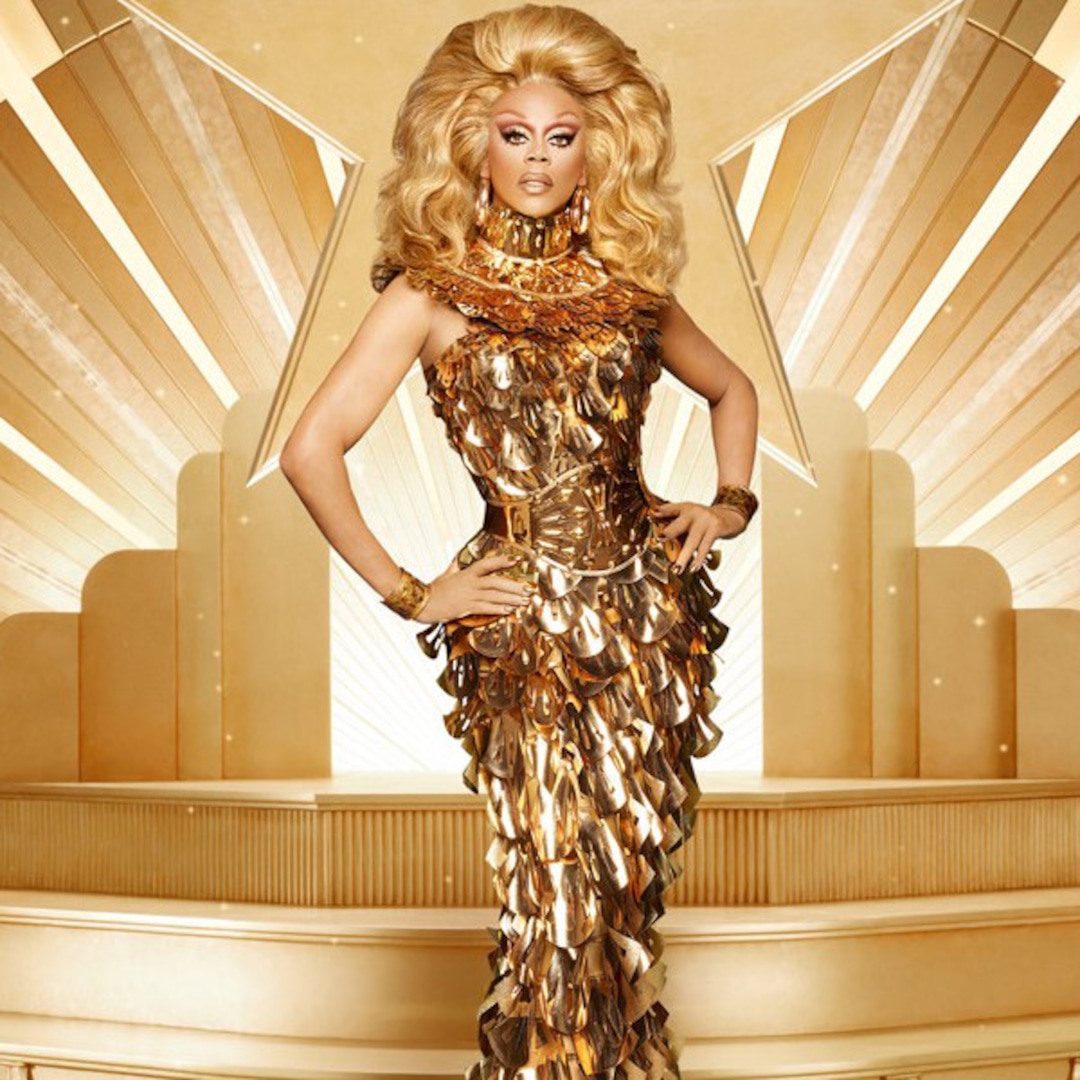So, they had the concept, now they had to get it sold. The only problem? “Nobody took it seriously,” Barbato explained. Nobody that is except for a little upstart network by the name of Logo, launched specifically to cater to the gay community. “Logo was the only network that was interested,” he admitted.
“And we thought for sure, now, in 2008, drag is mainstream,” Campbell added. “Part of our pitch would be Tootsie, and all the movies, and Mrs. Doubtfire, and Boy George, and anytime that kind of stuff is brought up, it’s always fascinating. And we—with all due respect to our buyers at other cable networks—they were like ‘Oh my god we love this, we love this team,’ and we emailed—’We can’t do this, it’s still too edgy.'”
But Brian Graden, then-President of Programming at MTV, VH1, Logo, and CMT, got it instantly and bought the pitch. “You know, the ideas were solid. The budget, not so much, initially,” Barbato said, with both he and Campbell agreeing that that groundbreaking first season was something more akin to the “blueprint” for the series, rather than the fully-realized thing.
Shooting in a tiny studio called Redemption Stages near the Burbank Airport, just north of Los Angeles, the control room was no bigger than a broom closet. “We were so close to the set, we couldn’t talk or laugh during when we were shooting because they could hear us on camera,” Campbell admitted.
“We were incubating, shall we say, and it suffered a little bit, because it was very low budget initially,” Barbato said. “But I think you got the idea instantly, and there are fans of the show who have been around since season one, and they completely understood what it was about from the get-go.”

